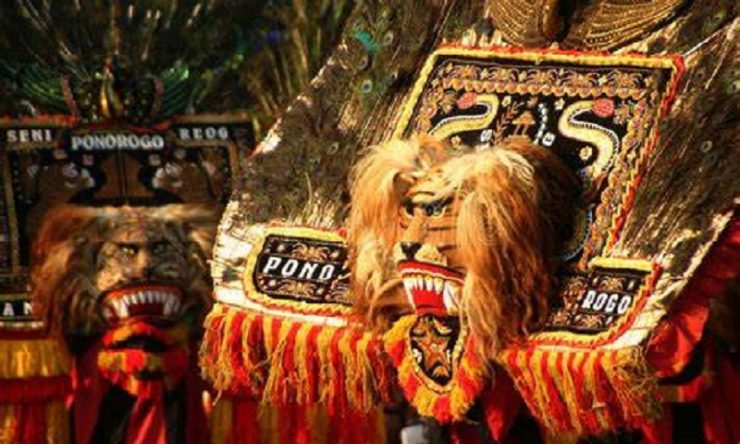THE GOVERNMENT has completed the requirements requested by UNESCO in the process of proposing Reog Ponorogo as an Intangible Cultural Heritage (WBTB) after previously experiencing problems due to having to complete a number of records.
“We have completed various obstacles, including the remaining requirements that were requested by UNESCO yesterday,” Coordinating Minister for Human Development and Culture Affairs, Muhadjir Effendy said in Jakarta, Thursday (8/24), 2023.
Muhadjir explained that UNESCO asked the government, especially the Ponorogo Regency Government, to clarify the use of peacock feathers and tiger skins used in this traditional art.
According to him, UNESCO suspects the feathers used for Reog Ponorogo by slaughtering peacocks, including the use of tiger skins.
However, the Ponorogo Regency Government has officially clarified that the fur used is taken from fallen hair. Because every three months, peacocks experience moulting or molting, which is the process of changing feathers. The feathers were taken from peacock farms in Ponorogo.
While the tiger skin used in Reog Ponorogo uses goat skin that has been shaped to resemble a tiger skin. Currently the proposal documents have been received by UNESCO, but are still in the waiting list stage number 39.
“So actually we have complied with the demands of UNESCO, now we are just waiting for the waiting list. Hopefully, in the not too distant future, UNESCO can designate Reog Ponorogo as an intangible cultural heritage,” said Muhadjir.
Regarding the issue that Reog Ponorogo claims Malaysia, Muhadjir ensured that the issue had been resolved. The Malaysian government does not intend to register Reog Ponorogo with UNESCO.
“There are Reog associations and there are a large number of them. But if Malaysia proposes together it can, but Malaysia does not wish to propose Reog Ponorogo as an intangible cultural heritage both individually and in collaboration. Everything is clear,” he remarked.
Muhadjir, explained that the government continues to record the nation’s cultural creations so that they can be designated as other Intangible Cultural Heritage as protection for the cultural treasures of the archipelago.
“We are excited to propose that it is not only recognized as an intangible cultural heritage at the national level but becomes a world cultural heritage to protect the creations of the nation’s children so that they are not recognized by other countries,” he concluded. [antaranews/photo special]
















